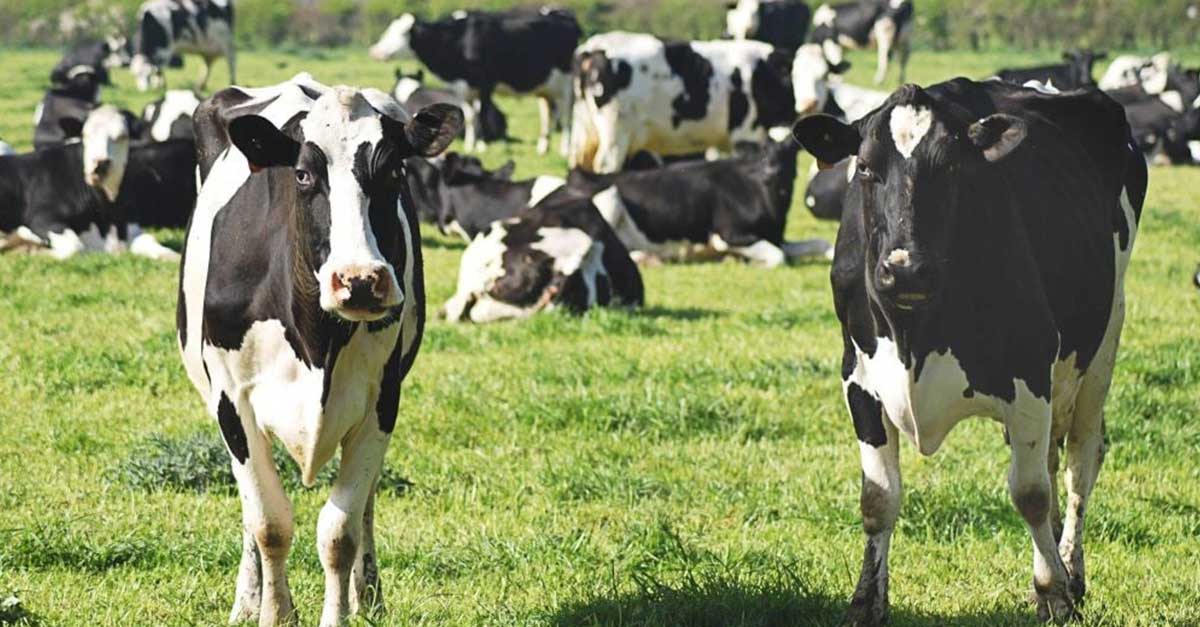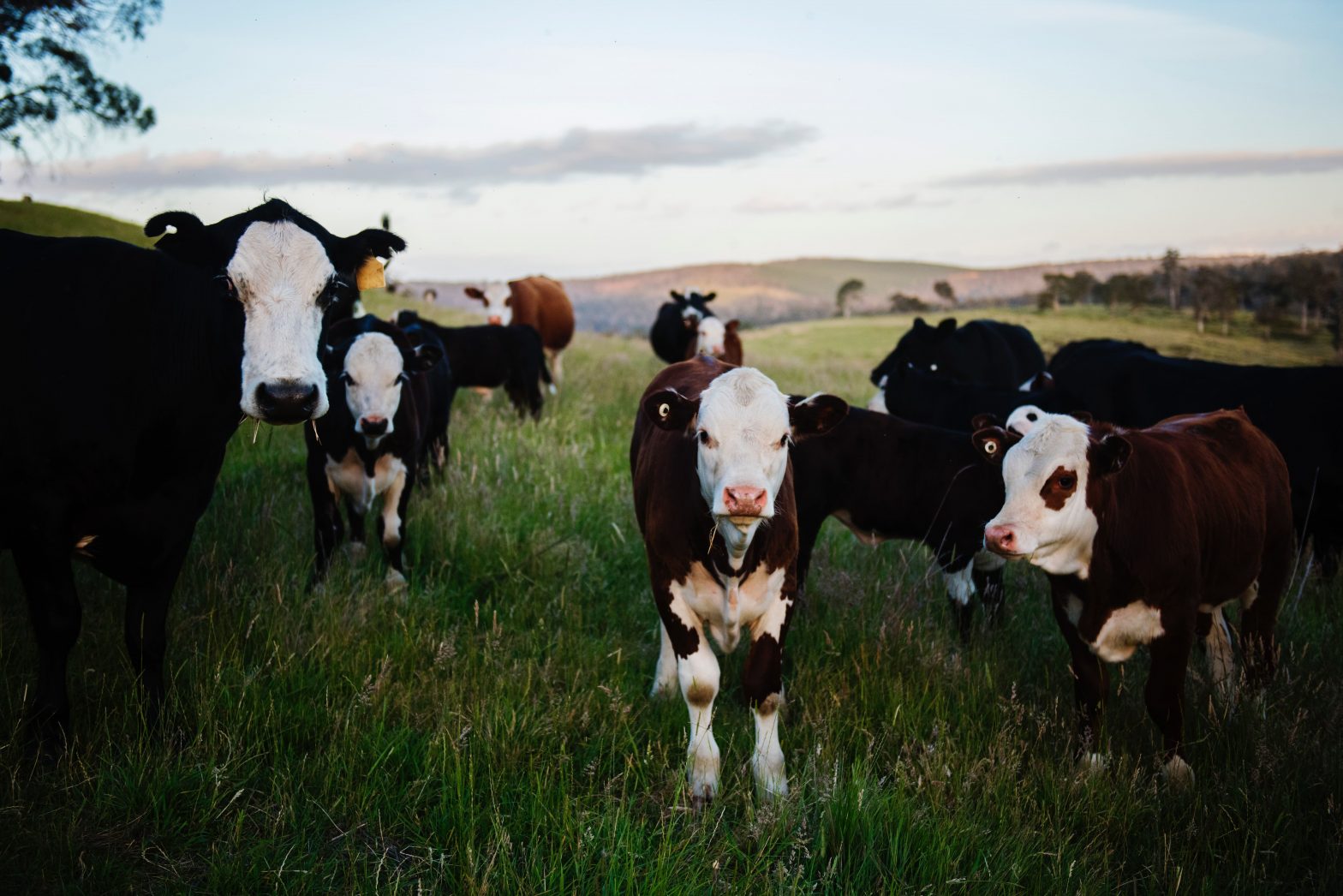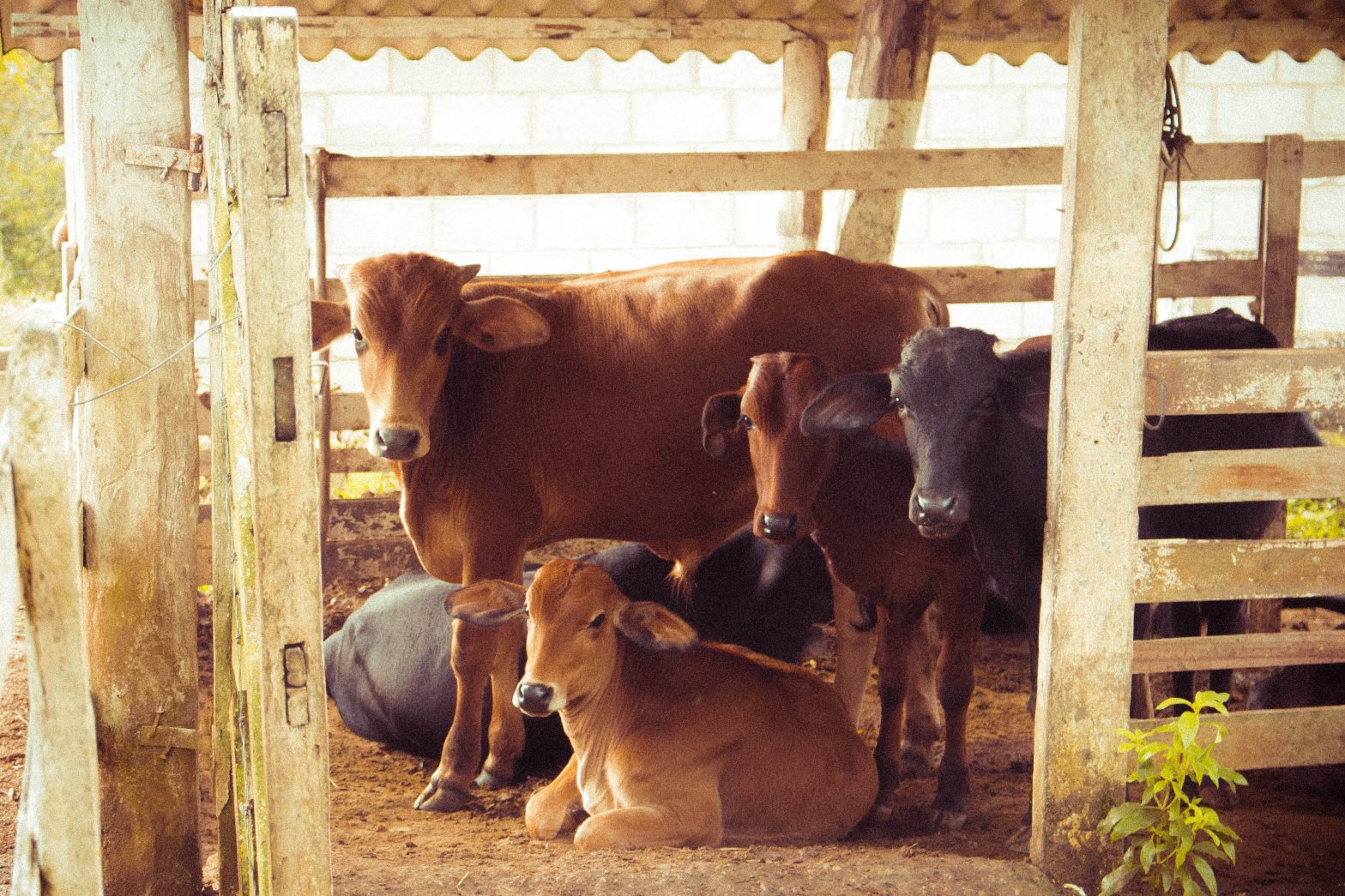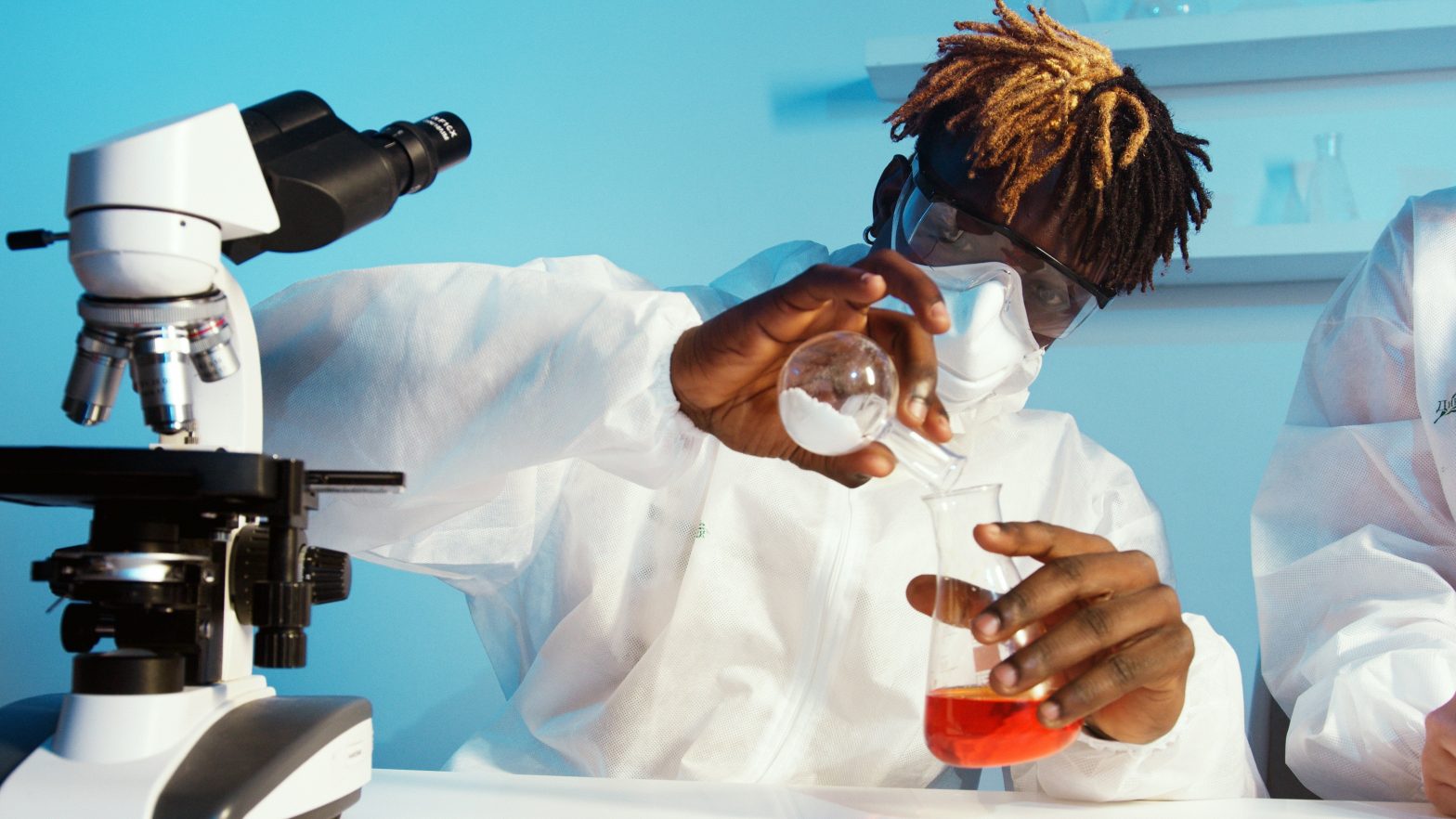The Physiological post-partum period is a process in which important physiological, psychological and adaptive changes occur in the woman. It is a stage that begins with the delivery of the placenta. So, with the completion of childbirth, and lasts in time until the woman’s recovery. Throughout this process, a series of involution and repair processes occur, mainly of the genital apparatus, but involving all organs and systems until returning to the pregravid state. Because this series of processes are sensitive to health, there should always be nursing supervision.
Maternal death is one of the fundamental indicators for measuring the socioeconomic level and health of the population. The World Health Organization defines maternal death (ICD 9) as the death of a woman while pregnant or within 42 days of pregnancy termination, regardless of the duration and location of gestation, from any cause related to or aggravated by the pregnancy or its care, but not from accidental or incidental causes.
Late maternal death extends the period of inclusion between the 42nd day of delivery and less than one year after the end of gestation. It includes, therefore, those deaths occurring after the post-partum period, but in clear dependence on the gravid-puerperal state.

Maternal Mortality Rates
It should be kept in mind that for every woman who dies, there will be 10-15 women who suffer some type of serious complication. The maternal mortality ratio has been estimated at 2-15/100,000 live births.
Maternal mortality rates are calculated using the risk of maternal death: death probability as a consequence of pregnancy, childbirth and puerperium. In developed countries, the possibility of death is 1/6000- 9000 gestations.
The post-partum period implies that anatomical and functional changes return the woman’s body to its pre-gestational state. During this process, complications can occur that, on occasions, evolve into a fatal outcome and cause negative consequences for women and/or the newborn.
Post-partum care is primarily based on providing a supportive environment for women, their babies and their families as they begin a new life together. It is not a specific situation at a given time, but a process that lasts over time.
Care Models in the Physiological Post-Partum Period
The currently known care models appeared at the beginning of the 20th century, in response to the high maternal mortality rate. For example, at the beginning of the 20th century, 3674 maternal deaths occurred, and the mortality rate was 564.7 deaths per 100,000 live births in Spain. Since then and up to now, there have been few significant changes, although there has been an important reduction in mortality.
Post-natal care takes place in specialized and primary care, but mainly in the latter, since most of the post-partum period takes place at home, culminating in a post-natal assessment at 6 weeks.
Institutions such as the World Health Organization report data with their corresponding recommendations regarding women and newborn care, due to the high morbimortality rate that currently continues to exist in the most depressed areas of the world.
Therefore, women who give birth in resource-limited settings have more newborns admitted 24 – 48 hours after birth, increasing the risk of death and morbidity, and putting breastfeeding at risk in the first weeks of the post-partum period.
The Post-Partum Period and the Preservation of Life
In order to address the shortages in these areas of the world, it is essential to set up population care programs with post-natal visits to identify warning signs of future problems or diseases. With such programs, the approximate global lifetime risk of maternal death has been reduced considerably from 1 death per 73 women to 1 per 180.
For this reason, the World Health Organization, and supported by other institutions such as UNICEF, UNESCO, among others, and based on real population data, proposes post-partum care of at least one post-natal visit within 24 hours of birth, and in the case of a birth at home, the first post-natal contact should be as soon as possible, and the mother and newborn should be assessed within the first 24 hours.

Mortality Rate Prevention
At least three post-natal contacts are recommended, so all women and their children should be evaluated at 48-72 hours and again at 7-14 days.
The problem with post-natal care is that it is routinely given without individualizing the woman and her baby, losing care, quality and effectiveness, which entails generalized and persistent health problems after delivery, such as breastfeeding problems, among others.
Post-natal care has focused mainly on assessing vaginal blood loss, uterine involution, blood pressure, temperature, duplicating examinations and consultations, with the added difficulty that, if not always done by the same professional, the woman receives contradictory advice, mainly on issues such as breastfeeding.
Physiological Post-Partum Period on an Emotional Level
Women and their families should be treated with kindness, respect and dignity, taking into account their privacy and where care is provided. Whether in a hospital, primary care practice or at home, a suitable environment must be created. Women’s beliefs and values and those of their families must be respected at all times.
Women should be fully involved in the planning and care of post-natal care to meet their social, clinical and emotional needs. Along with those of her baby and her family.
In general, for most women and babies, the post-natal period is not complicated. Care in this period is based on identifying any deviation from the expected recovery after birth in order to intervene appropriately.
Good communication between health professionals and women and their families is essential. Women should be well-informed and understand post-natal care objectives and process. This should be supported by information based on current evidence and offered in a form tailored to individual needs.

How Can Health Professionals Reduce Risks in the Physiological Post-Partum Period?
As described in the article, the post-partum period is a risky and delicate situation that must be treated with immediate care. It is important to emphasize that beyond medical knowledge, health professionals must have the sensitivity and emotional skills necessary to provide adequate treatment to their patients.
Specializing in a field such as childbirth is something that requires time and dedication. TECH Technological University is dedicated to providing high-quality education and, above all, integrity to its professionals. For this reason, it has dedicated a large part of its resources to its Faculty of Nursing, where it is possible to find high-quality specialization programs such as the Professional Master’s Degree in School Nursing and the Professional Master’s Degree in Nephrological Nursing and Dialysis.
In addition, it allows its students the freedom to choose their study times accompanied by professionals in the field. Update and expand your knowledge today from the best in the field. Become a specialist in topics related to the Professional Master’s Degree in Post-Partum Care in Nursing.


































